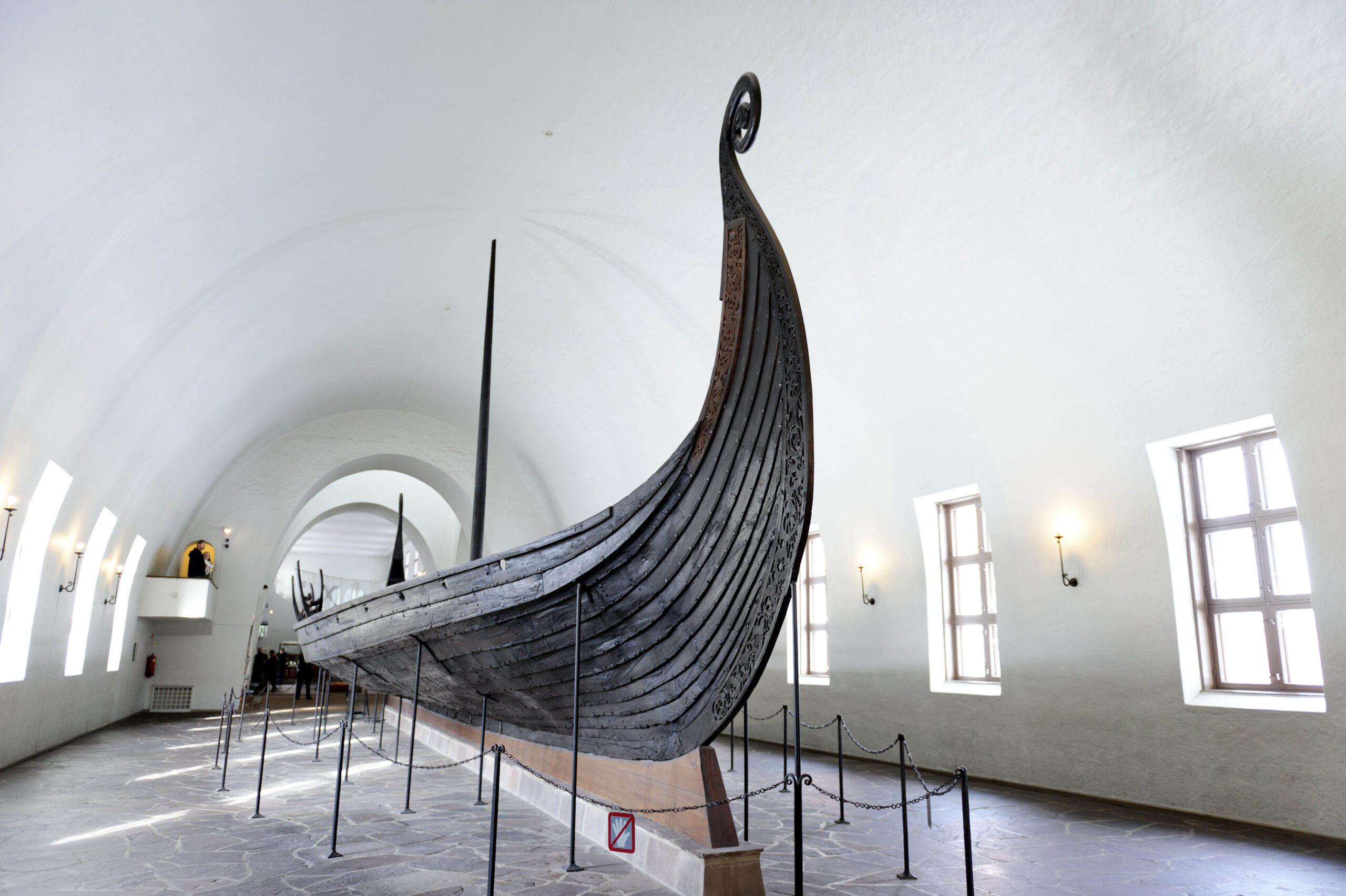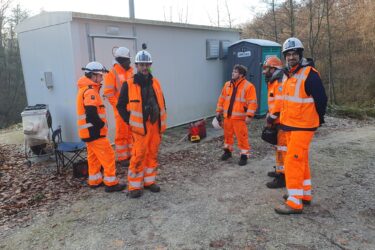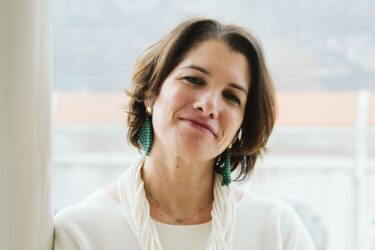The Viking Ship Museum, located on the Bygdøy peninsula on the western side of Oslo, houses the world’s largest collection of Viking heritage. Closed since 2021, it is set to reopen in 2027 as the Museum of the Viking Age in a renovated building. But before that, the treasures , which are over 1,500 years old, must be moved.
High-risk removals
You may be wondering what this has to do with SYSTRA. Statsbygg, the public authority responsible for supervising construction sites, property management and promoting Norwegian government buildings, took into account SYSTRA Norway’s extensive experience in quality assurance and financial risk analysis in complex large-scale projects. Since 2001, we have been working for the Norwegian Ministry of Finance on assignments in this field, selecting design studies and monitoring major public projects.
SYSTRA’s assignment here was to conduct several risk and quality assurance analyses on cost and schedule estimates for the relocation of three Viking ships dating back more than 1,500 years: Oseberg, Gokstad and Tune.

This is a one-off project which involved four years of preparation and extreme engineering precision work – a responsibility that is taken very seriously. The goal has been the same throughout – to safeguard cultural treasures – while controlling risk and costs.
Runar Vartdal, Senior Advisor, SYSTRA Norway
The transfer of the first Viking ship, discovered at Oseberg in 1905, to the new museum space took place on 10 September 2025. Next up are preparations for the transfer of the Gokstad ship, scheduled for this autumn.
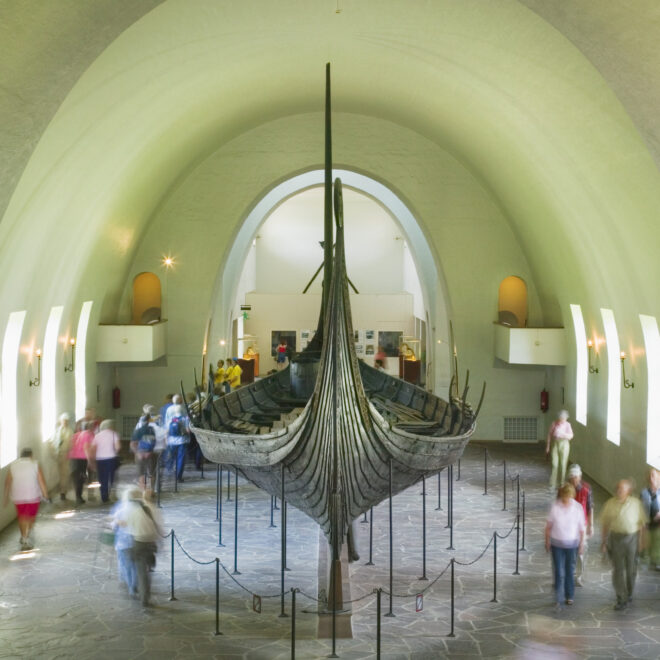
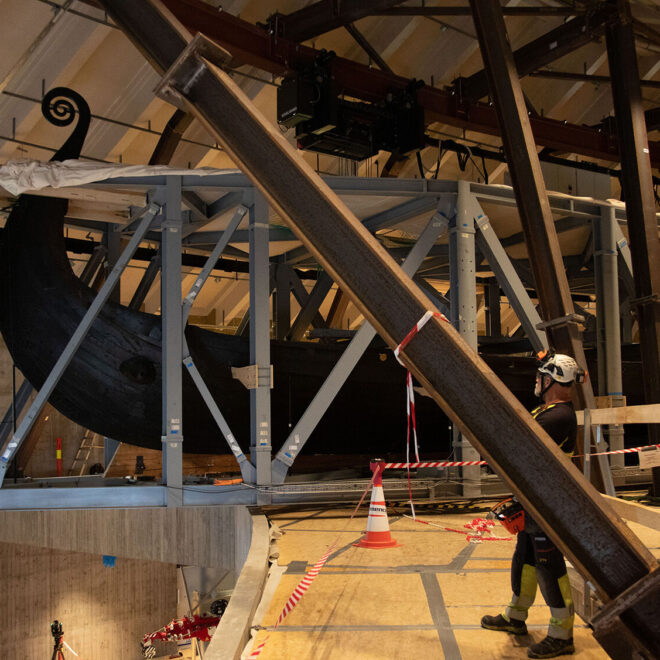
From 2027, The Museum of the Viking Age
The future Museum of the Viking Age will be housed in an extension of the former Bygdøy Museum. Visitors will be able to enter in 2027 and discover the three best-preserved ships in the world, as well as more than 5,500 objects from the Viking era.
This museum, the largest in the world dedicated to Viking history, is also a research centre dedicated to preserving these national treasures for current and future generations.


 Australia
Australia  Brazil
Brazil  Canada
Canada  Chile
Chile  China
China  Columbia
Columbia  Denmark
Denmark  Egypt
Egypt  France
France  India
India  Indonesia
Indonesia  Ireland
Ireland  Italy
Italy  Malaysia
Malaysia  New Zealand
New Zealand  Norway
Norway  Panama
Panama  Peru
Peru  Poland
Poland  Portugal
Portugal  Saudi Arabia
Saudi Arabia  Singapore
Singapore  South Korea
South Korea  Spain
Spain  Sweden
Sweden  Taiwan
Taiwan  Thailand
Thailand  Türkiye
Türkiye  United Kingdom
United Kingdom  United States
United States  Vietnam
Vietnam 